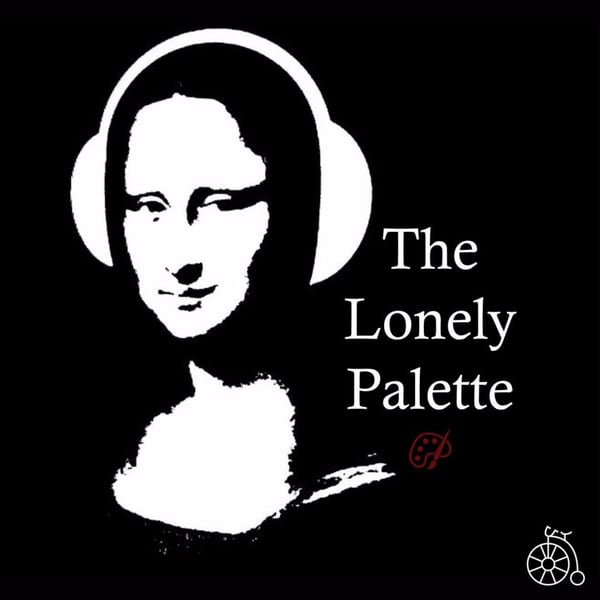BonusEp. 08 - Tamar Avishai interviews Dar Williams, Singer-Songwriter
The Lonely Palette
The Lonely Palette
4.8 • 857 Ratings
🗓️ 7 October 2022
⏱️ 73 minutes
🧾️ Download transcript
Summary
Transcript
Click on a timestamp to play from that location
| 0:00.0 | Let us begin. Yes. Yes. |
| 0:05.0 | I'm Dar Williams. I am a singer-songwriter and I've been leading a songwriting retreat for the last 10 years. |
| 0:15.0 | So thank you so much for taking the time to talk to me. This is actually the second time that I've had the opportunity to interview you. The first time was now getting to be a really long time ago. |
| 0:38.0 | It was in 2014 and it was after the second time I had gone to your songwriting retreat in 2013. |
| 0:47.0 | And you and I were sitting on a bench outside of the Garrison Institute that repurposed monastery. |
| 0:55.0 | You know, you were giving me the opportunity as a fresh audio producer to interview you, |
| 1:01.0 | and it was great, we were coming right off of the retreat |
| 1:04.0 | you were talking about why you actually wanted to create a song writing retreat |
| 1:10.0 | and why you wanted it to be about writing a song that matters and not just writing a song that will get you famous or writing a song like yours or you know but everybody kind of writing their own song and |
| 1:25.0 | being given permission to and now you've written a book about it. Yes and that's |
| 1:30.1 | exactly and and thank goodness it called, well the book is called How to |
| 1:35.1 | Write a song that Matters and the Retreat is writing a song that matters and |
| 1:38.4 | the great thing about that title was that it was very self-selecting for people who really wanted to figure out |
| 1:46.0 | how to get that song out that meant something to them. |
| 1:48.8 | And so what I wanted to talk to you about this time was how you wrote a song that matters to me about art. |
| 1:59.3 | And we're going to get to that song in due time, but I wanted to start by talking about your relationship with museums. |
| 2:07.0 | Because you've talked about museums both in your book and when we've been to museums together as simultaneously being a place |
| 2:18.3 | that isn't necessarily about the art itself but that opens you up into what you describe as poetic thinking |
| 2:25.7 | into that place where your mind goes into soft focus and you allow in all of the |
| 2:32.2 | inspiration and you know I've had similar experiences at the retreat where you have this sense |
| 2:38.6 | that your aperture has kind of opened up and all of a sudden every mood every |
| 2:42.1 | detail every beam of light feels poetic. |
... |
Please login to see the full transcript.
Disclaimer: The podcast and artwork embedded on this page are from The Lonely Palette, and are the property of its owner and not affiliated with or endorsed by Tapesearch.
Generated transcripts are the property of The Lonely Palette and are distributed freely under the Fair Use doctrine. Transcripts generated by Tapesearch are not guaranteed to be accurate.
Copyright © Tapesearch 2025.

